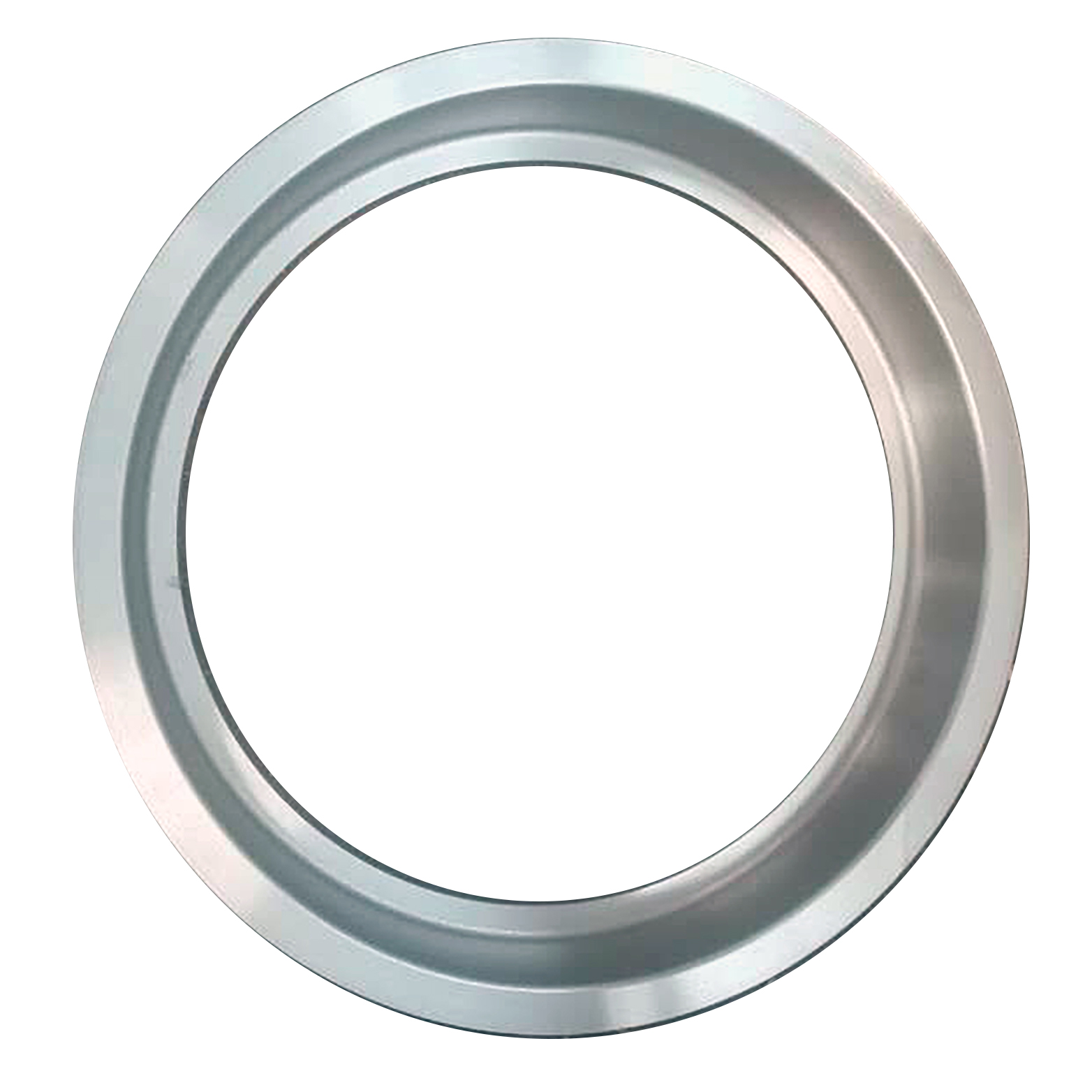- Afrikaans
- Albanian
- Amharic
- Arabic
- Armenian
- Azerbaijani
- Basque
- Belarusian
- Bengali
- Bosnian
- Bulgarian
- Catalan
- Cebuano
- China
- China (Taiwan)
- Corsican
- Croatian
- Czech
- Danish
- Dutch
- English
- Esperanto
- Estonian
- Finnish
- French
- Frisian
- Galician
- Georgian
- German
- Greek
- Gujarati
- Haitian Creole
- hausa
- hawaiian
- Hebrew
- Hindi
- Miao
- Hungarian
- Icelandic
- igbo
- Indonesian
- irish
- Italian
- Japanese
- Javanese
- Kannada
- kazakh
- Khmer
- Rwandese
- Korean
- Kurdish
- Kyrgyz
- Lao
- Latin
- Latvian
- Lithuanian
- Luxembourgish
- Macedonian
- Malgashi
- Malay
- Malayalam
- Maltese
- Maori
- Marathi
- Mongolian
- Myanmar
- Nepali
- Norwegian
- Norwegian
- Occitan
- Pashto
- Persian
- Polish
- Portuguese
- Punjabi
- Romanian
- Russian
- Samoan
- Scottish Gaelic
- Serbian
- Sesotho
- Shona
- Sindhi
- Sinhala
- Slovak
- Slovenian
- Somali
- Spanish
- Sundanese
- Swahili
- Swedish
- Tagalog
- Tajik
- Tamil
- Tatar
- Telugu
- Thai
- Turkish
- Turkmen
- Ukrainian
- Urdu
- Uighur
- Uzbek
- Vietnamese
- Welsh
- Bantu
- Yiddish
- Yoruba
- Zulu
ئیلول . 06, 2024 16:56 Back to list
Stainless Steel Casting Foundry - Precision and Quality Metal Solutions
Stainless Steel Casting Foundry Factory Innovation and Precision
In the world of manufacturing, stainless steel casting has emerged as a vital process owing to its versatility and durability. Stainless steel casting foundries represent a pivotal sector that blends traditional craftsmanship with modern technology to produce high-quality components for various industries, including automotive, aerospace, medical, and construction.
Understanding Stainless Steel Casting
Stainless steel casting is the process of pouring molten stainless steel into a mold to create specific shapes and parts. This method offers unparalleled precision, making it ideal for producing intricate designs that are often challenging to achieve with other manufacturing techniques. Foundries typically employ two primary types of casting methods investment casting and sand casting. Investment casting, also known as lost-wax casting, provides exceptional surface finish and dimensional accuracy, making it suitable for complex geometries. In contrast, sand casting is more economical for larger components and can produce robust parts.
The Role of Foundries
Foundries play a critical role in the casting process, where they provide the necessary infrastructure, technology, and expertise. A stainless steel casting foundry factory orchestrates multiple operations, including design, melting, pouring, and finishing. Advanced machinery and equipment are utilized to handle the entire casting process efficiently. The foundry workforce is skilled, with workers trained in metallurgy and engineering principles, ensuring that the products meet stringent quality standards.
Quality Control and Standards
stainless steel casting foundry factory

One of the main concerns in casting is ensuring the structural integrity and quality of the final product. Stainless steel foundries adhere to international standards, such as ASTM and ISO, which dictate the material composition and mechanical properties. Quality control measures are crucial and involve rigorous testing protocols, including spectrographic analysis for composition verification and non-destructive testing methods to check for internal defects. This multifaceted approach guarantees that the components manufactured can withstand the rigors of their intended applications.
Environmental Sustainability
In recent years, the focus on environmental sustainability has become increasingly important in the casting industry. Stainless steel foundries are making strides to minimize their carbon footprint by adopting energy-efficient practices and recycling waste materials. Many foundries are now investing in emission control technologies and renewable energy sources to power their operations. This commitment not only helps preserve the environment but also enhances the brand reputation among eco-conscious consumers.
Innovation in Casting Techniques
Technological advancements have revolutionized the stainless steel casting process. The incorporation of computer-aided design (CAD) and computer-aided manufacturing (CAM) systems has greatly improved design accuracy and production efficiency. Furthermore, the use of 3D printing technology allows for rapid prototyping, enabling manufacturers to produce molds in a fraction of the time and at reduced costs.
Conclusion
In summary, stainless steel casting foundry factories are at the forefront of modern manufacturing, combining artistry with engineering precision. By continuously adapting to technological advancements and embracing sustainable practices, these foundries not only deliver high-quality products but also play a significant role in driving the future of the industry. As we move forward, the demand for stainless steel components will likely grow, solidifying the foundry's position as a cornerstone of manufacturing across multiple sectors.
-
Silica Sol Casting Supplier – Custom, ODM & Buy Services High Precision Casting Solutions
NewsJun.10,2025
-
High-Performance AODD Pumps for Diverse Applications Buy Custom & ODM AODD Solutions Online
NewsJun.10,2025
-
High-Quality Casting Machinery Parts Custom & ODM Services Available
NewsJun.10,2025
-
Premium Punching Cement Concrete Pipe Mold Pallets Custom ODM Available
NewsJun.10,2025
-
Premium Cast Aluminum Silicon Radiator Castings For Sale
NewsJun.10,2025
-
Custom Cast Steel Pipe Mold Pallet for Durable Precision
NewsJun.10,2025


